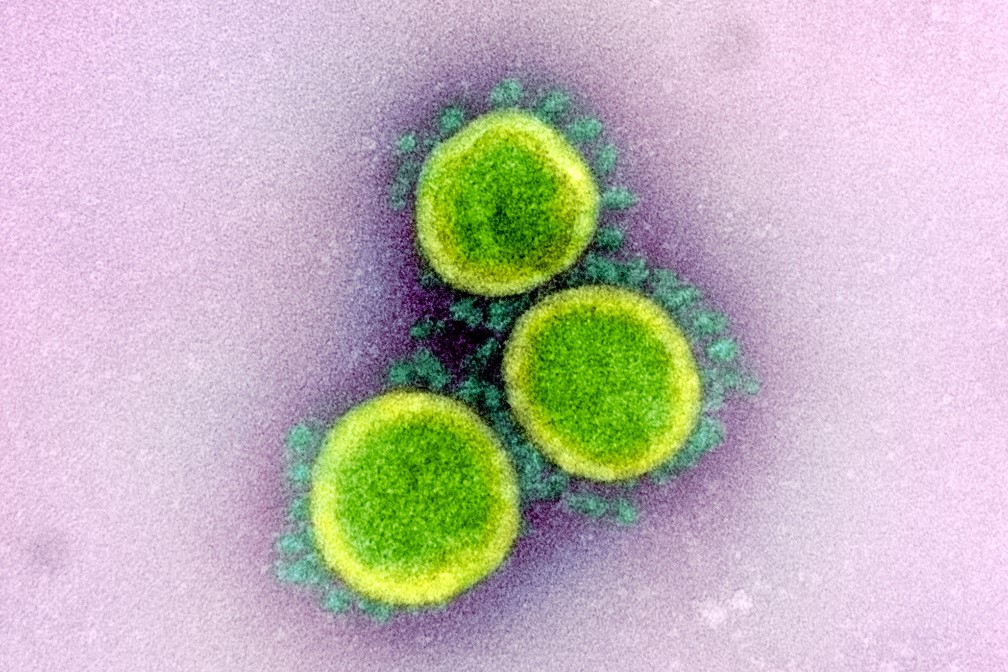Long COVID and autoimmunity: the role of cytokines

Why COVID-19 pathogenesis varies so widely between different in SARS-CoV2 infected individuals has remained somewhat of a mystery. However, cytokines have served as a prognostic marker for COVID-19 disease course and outcome and their involvement is closely connected with the development of Long COVID.
It was clear from the start of the pandemic that cytokines were important in acute COVID-19 disease and that the symptoms shared similarities with other conditions that are considered “cytokine storm” pathologies. We now also have a more nuanced language to discuss the multitude of cytokine-mediated COVID-19 complications including “multisymptom inflammatory symptom observed in children” (MIS-C), which have shed light on cytokine involvement.
Last December, groups at both the United States Federal Drug Administration (FDA) and the National Institutes of Health (NIH) met to discuss the role of cytokines in COVID-19. This meeting – which can be viewed on-demand – set a framework for how scientists and healthcare professionals will discuss cytokine-mediated COVID-19 pathologies and what future concerns might arise. The meeting was also covered in a recent review article.
Cytokine Storm
The cytokine storm associated with COVID-19 as well as MIS-C observed in children post-SARS-CoV2 infection have similarities with other pathologies considered “cytokine storm” pathologies. Severe COVID-19 in adults has many similarities with acute respiratory distress syndrome (ARDS) while MIS-C is more consistent with Kawasaki disease.
The specific cytokine profile of COVID-19 patients can be predictive of disease progression and outcome. Importantly, it may also help to aid in selecting the most promising therapeutics for each patient.
The expression of three cytokines, interleukin 6 (IL-6), IL-10 and interferon (IFN)-γ-induced protein 10 (IP-10), were identified as important markers for disease progression and represent a unique COVID-19 cytokine signature. In other viral infections, IP-10 levels are rapidly elevated and swiftly return to normal. However, IP-10 remains elevated throughout the disease course for severe COVID-19 patients. This IP-10 elevation had also previously been observed in Middle East respiratory syndrome coronavirus (MERS-CoV) infections. Additional research identified that IP-10 expression was also regulated in a novel manner, independent of IFN-γ, which is generally required for its upregulation.
Importantly, the cytokine and immune profiles observed in asymptomatic versus symptomatic SARS-CoV2 infected patients are unique, though both groups produce similar neutralizing antibodies. Specifically, IL-2 and IFN-γ were elevated in asymptomatic cases and low in symptomatic cases.
COVID-19 and Autoimmunity
“Long Covid” has been defined as symptoms persisting for four or more weeks after infection. These symptoms may include sustained respiratory distress, fatigue, “brain fog” or other cognitive changes, heart palpitations, and many others.
Initially, there was concern that patients who already had an autoimmune condition may be more susceptible to infection or suffer poor outcomes. This has proven not to be the case. However, one complication that has been frequently reported is the rise in autoimmune pathologies following COVID-19.
Many autoimmune conditions are triggered by pathogenic infection or other acute insults. Thus, it is no surprise that SARS-CoV2 infection could serve as this trigger. Healthcare providers are seeing patients with symptoms consistent with autoimmune diseases such as immune thrombocytopenic purpura (ITP), Miller Fisher syndrome, Guillain– Barré Syndrome (GBS), anti-phospholipid syndromes (APLS), and MIS-C following SARS-CoV-2 infection.
One hypothesis for the induction of autoimmune pathologies centers on the fact that the spike protein shares several motifs with human chaperone proteins. Another hypothesis is that following the COVID-19-induced immunodeficiency the immune system is reconstituted improperly. Another possibility involves what the authors describe as a “superantigenic” motif that elicits an intense inflammatory response that triggers the cytokine storm observed in MIS-C and adults with severe COVID-19. Predictive modeling suggests this motif may bind T cell receptors (TCRs) and alter the TCR repertoire observed in COVID-19 patients.
Several lines of reasoning and both pre-clinical and clinical data support overlapping mechanisms and cytokine involvement between autoimmune conditions and the autoimmune-like symptoms observed following SARS-CoV2 infection. One such example is that reduction in type I IFNs, which are critical in reducing the viral load, correlates with increased COVID-19 severity. The pattern of IFN-inducible genes expressed following a viral infection is like that in autoimmune conditions like systemic lupus erythematosus (SLE) and Sjogren’s syndrome.
Using cytokine profiling and recognizing the overlap in mechanisms between autoimmune conditions and severe COVID-19 pathologies may allow healthcare providers to repurpose therapeutics used for the treatment or maintenance of established autoimmune conditions to help with post-COVID-19 symptoms. The intensive levels of COVID-19 research will likely bring new insights into disease mechanisms for both autoimmune or COVID-19 patients may offer better outcomes for both groups.
IMAGE: SARS COV-2 virus (NIAID)



